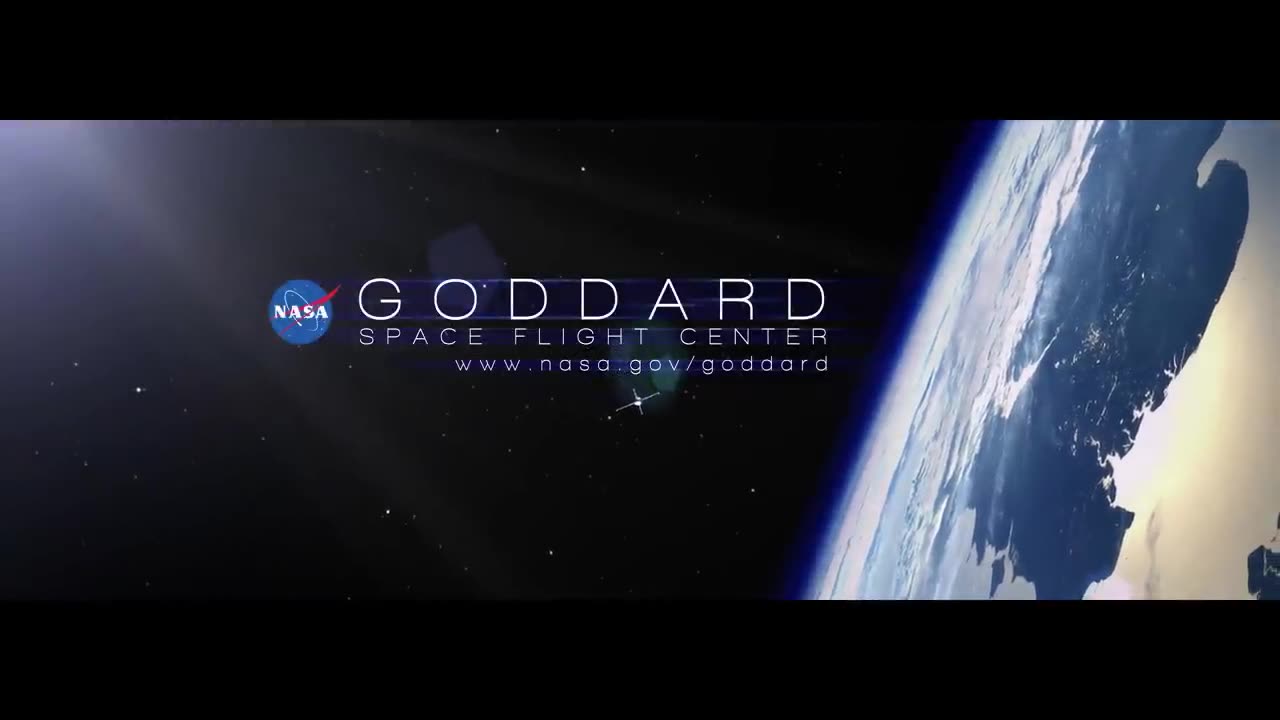Premium Only Content

NASA | Jupiter in 4k Ultra HD
Jupiter:
Overview: Jupiter is the largest planet in our solar system, often referred to as a gas giant due to its lack of a solid surface and its predominantly gaseous composition.
Size: It has a diameter of about 139,822 kilometers (86,881 miles), making it approximately 11 times wider than Earth.
Composition: Jupiter is composed mainly of hydrogen (about 75%) and helium (about 24%), with trace amounts of other elements and compounds.
Atmosphere: Its atmosphere is incredibly thick and features bands of clouds that are made up of different compounds, including ammonia and methane. These bands are created by the planet's rapid rotation and powerful storms.
Great Red Spot: One of the most famous features on Jupiter is the Great Red Spot, a massive storm that has been raging for centuries. It's an anticyclonic storm larger than Earth, with winds reaching high speeds.
Magnetosphere: Jupiter has a strong magnetic field that is about 14 times stronger than Earth's. This field creates a vast magnetosphere that interacts with its moon Io, causing intense volcanic activity due to tidal forces.
Moons: Jupiter has at least 79 known moons, with some of the most notable being the four largest Galilean moons: Io, Europa, Ganymede, and Callisto. These moons are some of the most geologically active in the solar system.
Ring System: Jupiter has a faint ring system composed of dust particles. It's not as prominent as Saturn's rings, but it was discovered through observations and data from space missions.
Exploration: NASA's Juno spacecraft has been studying Jupiter since its arrival in 2016. Juno's mission aims to improve our understanding of Jupiter's formation, evolution, and structure.
Interesting Facts:
Jupiter's mass is over 300 times that of Earth, and its gravitational pull is strong enough to significantly affect the orbits of other planets and asteroids in the solar system.
-
 LIVE
LIVE
DLDAfterDark
3 hours ago $1.23 earnedDLD Live! What's The "best" PDW?? Considerations For Trunk/Truck Gun & Gats in Bags & Backpacks
345 watching -
 15:25
15:25
Exploring With Nug
14 hours ago $16.19 earnedBag of Phones Found While Searching For Missing Man In River!
67.3K20 -
 3:58:27
3:58:27
fuzzypickles168
4 hours agoLate Nite Jam Session - Rock Band 4 | Was: EA Sports WRC | 1 John 2:1-17
12.1K -
![Nintendo Switch It UP Saturdays with The Fellas: LIVE - Episode #13 [Mario Kart 8 Deluxe]](https://1a-1791.com/video/fww1/97/s8/1/1/g/A/z/1gAzy.0kob-small-Nintendo-Switch-It-UP-Satur.jpg) 3:33:38
3:33:38
MoFio23!
13 hours agoNintendo Switch It UP Saturdays with The Fellas: LIVE - Episode #13 [Mario Kart 8 Deluxe]
36.1K -
 23:24
23:24
MYLUNCHBREAK CHANNEL PAGE
14 hours agoDams Destroyed Turkey
86.4K71 -
 LIVE
LIVE
SpartanTheDogg
6 hours agoPro Halo Player
370 watching -
 11:29
11:29
Tundra Tactical
6 hours ago $2.89 earnedGEN Z Brit 3D Prints a WORKING Gun Pt.3!
44.8K3 -
 8:07:55
8:07:55
AdmiralSmoothrod
8 hours agoark ascended - its dino time again
26.7K2 -
 2:08:21
2:08:21
The Illusion of Consensus
9 days agoFormer FDA Official Dr. Philip Krause On White House Pressure To Approve Covid Vaccines at the FDA
65.3K46 -
![[Sabatoge Saturday] Monster Hunter Wilds - w/ Dio!!](https://1a-1791.com/video/fww1/9d/s8/1/5/g/F/z/5gFzy.0kob-small-Sabatoge-Saturday-Monster-H.jpg)
CHiLi XDD
7 hours ago[Sabatoge Saturday] Monster Hunter Wilds - w/ Dio!!
19.6K2